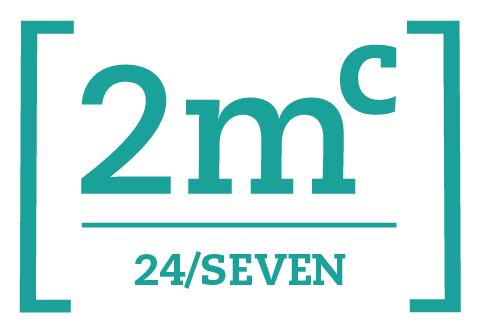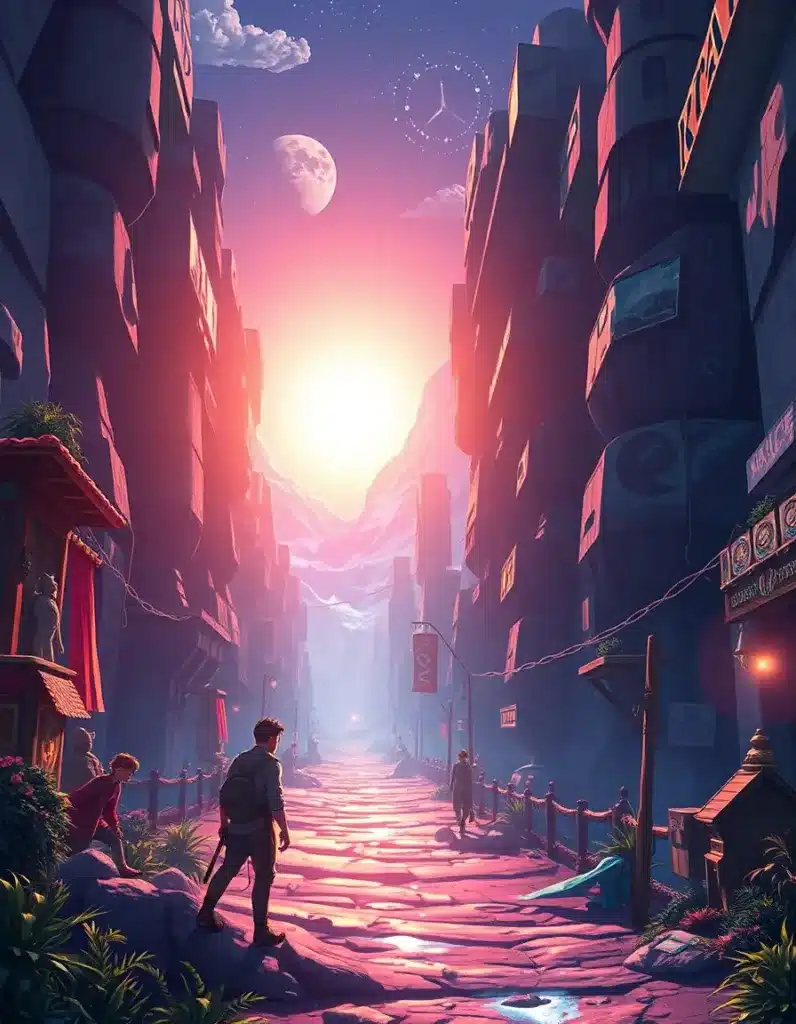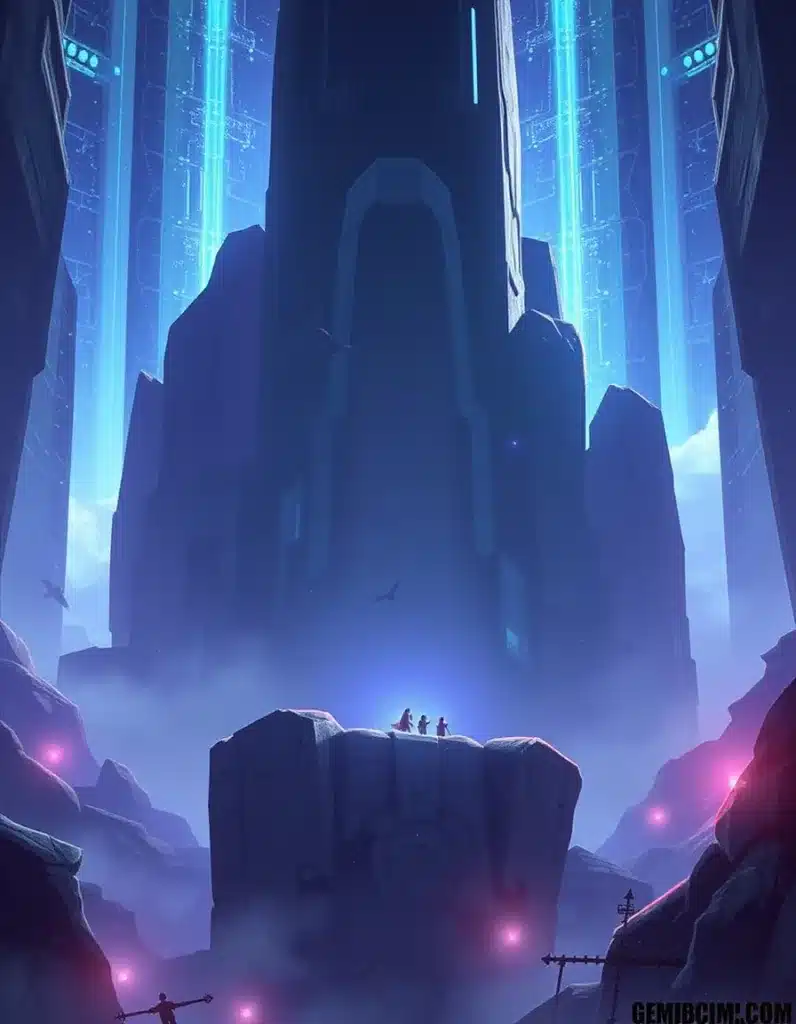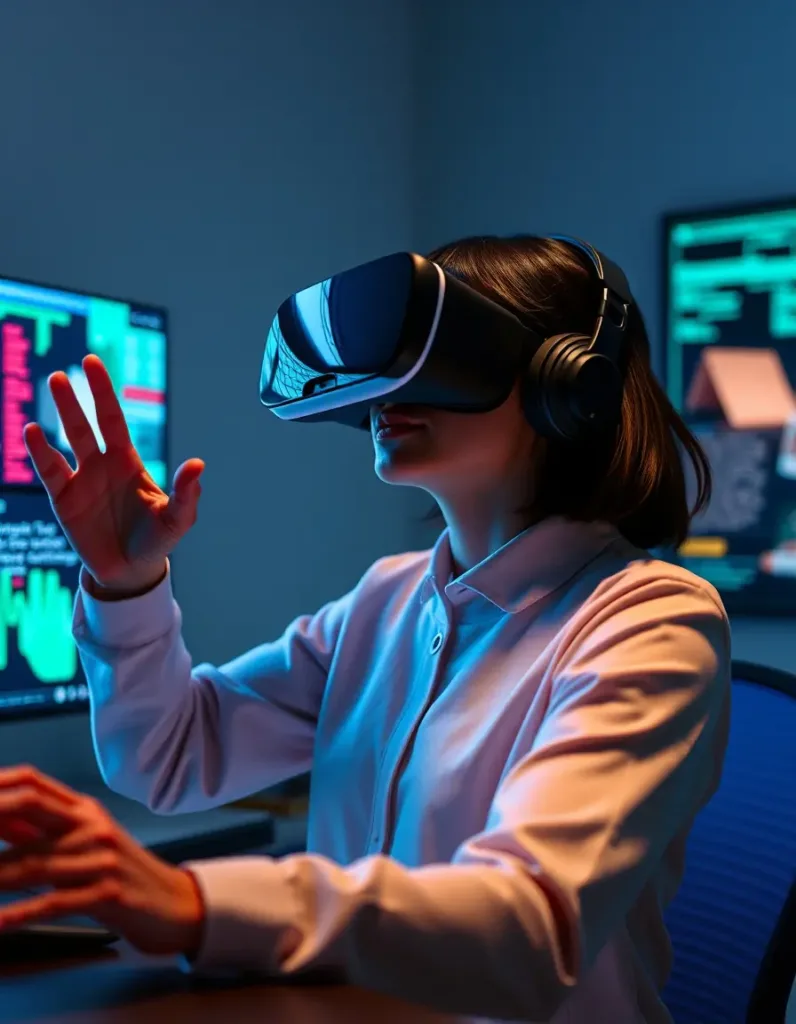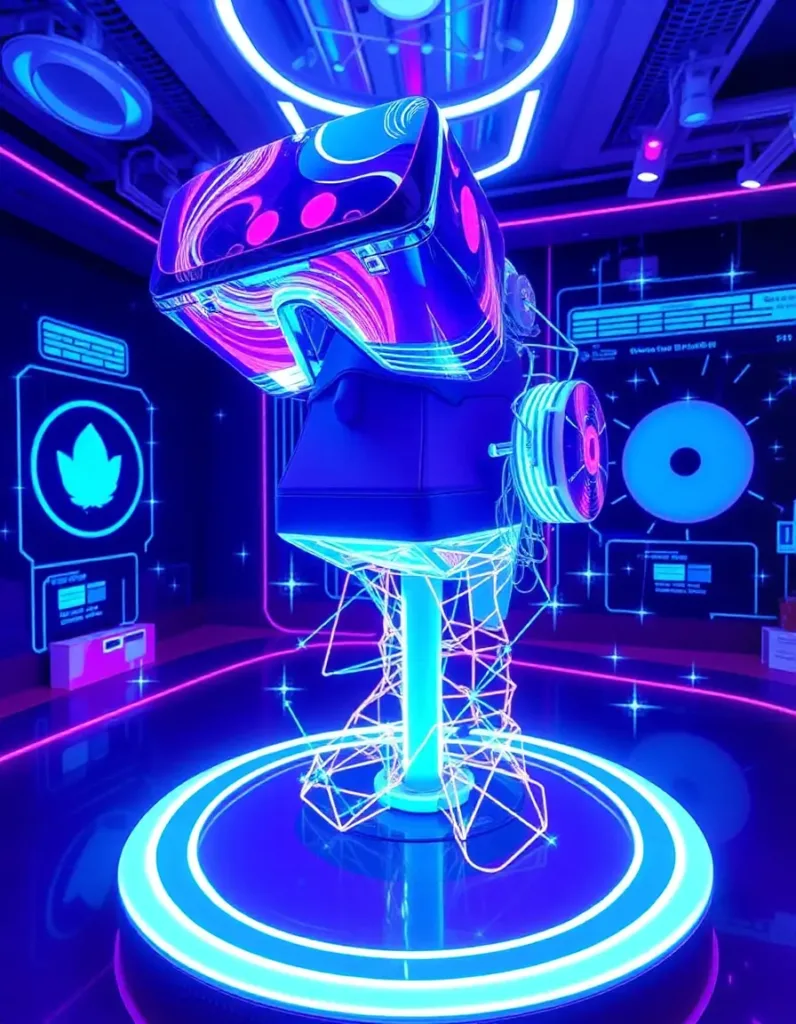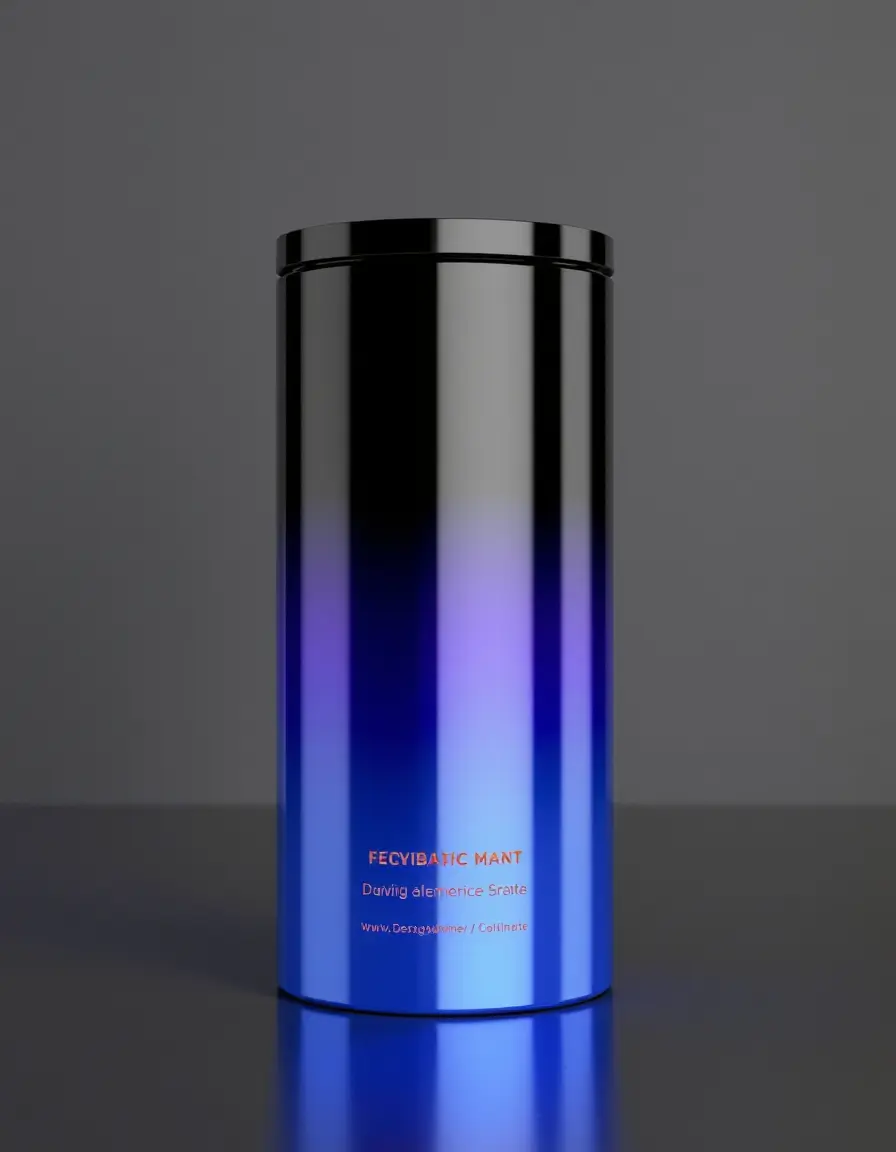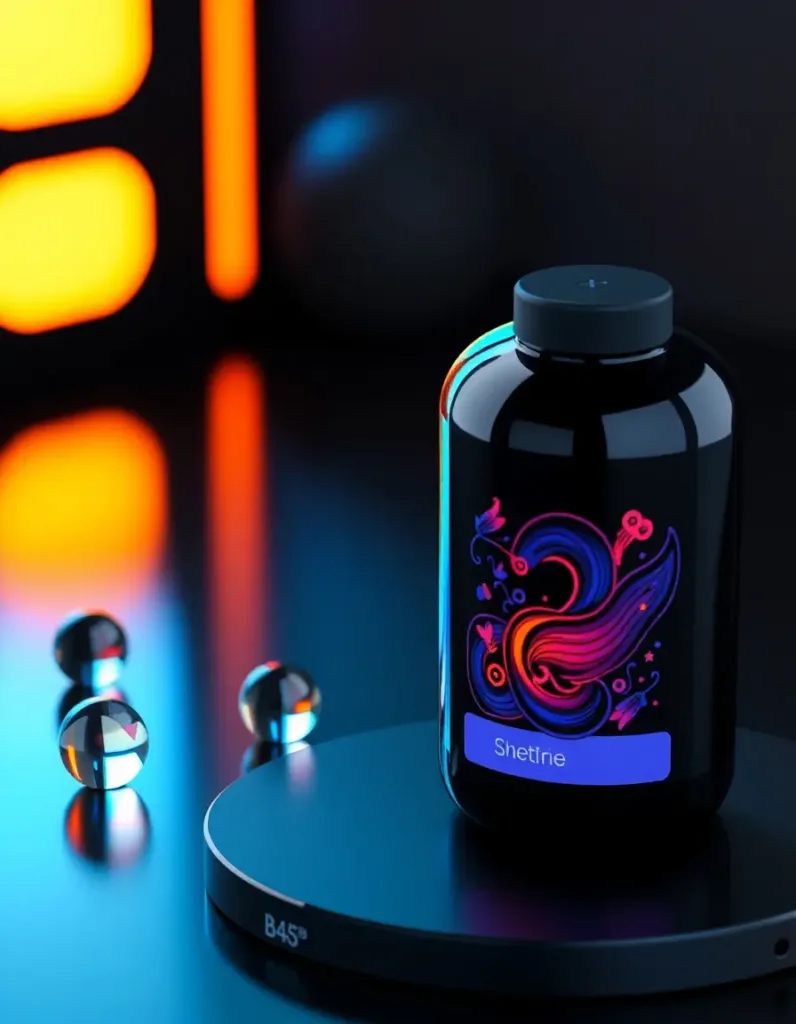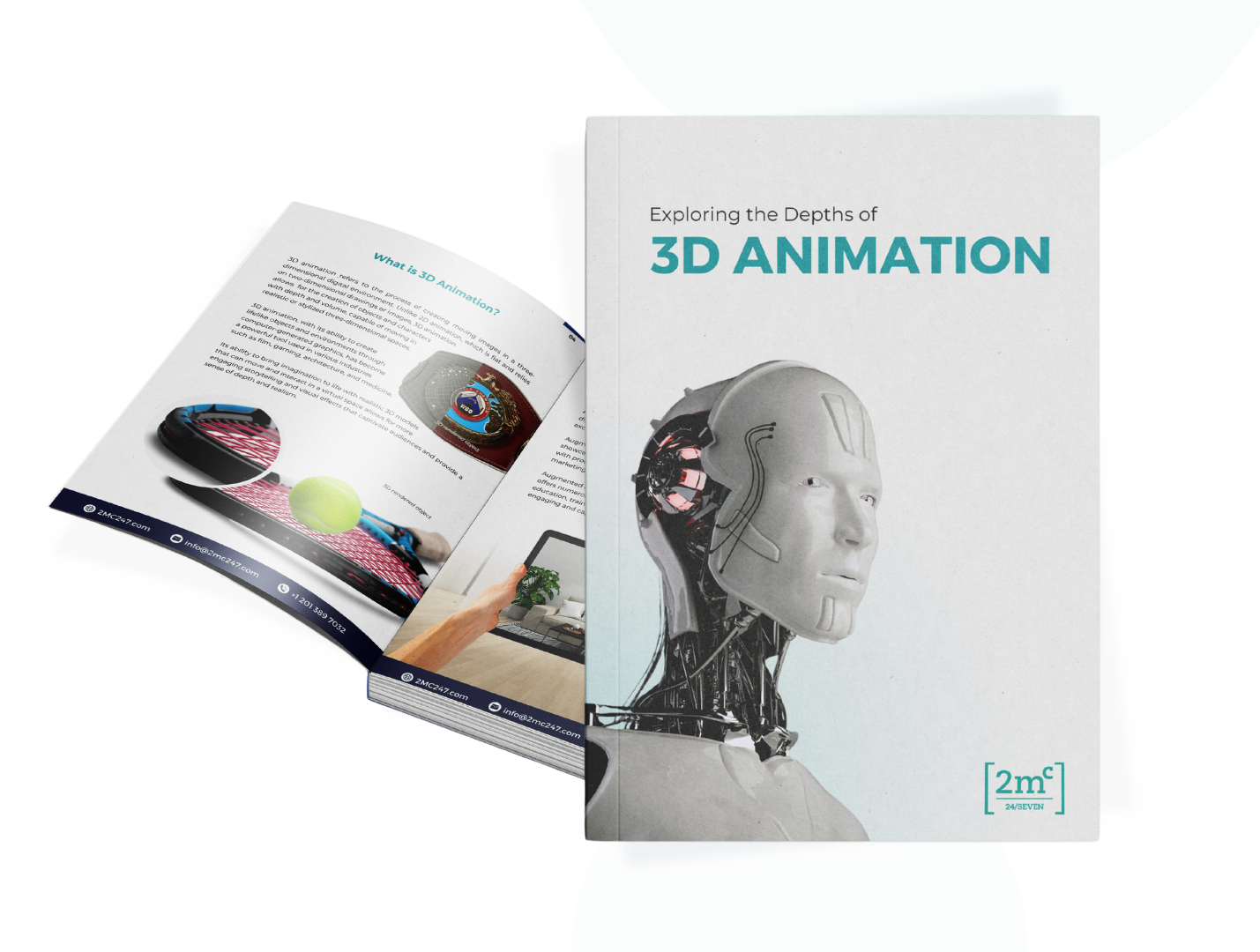In an era where consumers are bombarded with digital content, brands need more than just static images and traditional marketing to capture attention. 3D visuals have emerged as a powerful tool that goes beyond aesthetics, transforming how businesses communicate, engage, and sell. From immersive storytelling to interactive customer experiences, 3D visuals are redefining the way brands connect with their audience.

The Power of Visual Storytelling in Branding
Storytelling is a fundamental part of human communication, and in business, it’s a critical element in shaping brand identity and fostering customer loyalty. Traditional branding methods often rely on photography, text, and video, but these formats come with limitations—costly reshoots, lack of adaptability, and difficulty in creating dynamic, interactive experiences.
3D visuals eliminate these barriers, offering a highly flexible and engaging way to tell a brand’s story. Whether it’s through hyper-realistic product renders, interactive configurators, or immersive virtual experiences, brands can craft compelling narratives that draw customers in and keep them engaged.
How 3D Visuals Enhance Customer Engagement
1. Creating Emotionally Engaging Experiences
3D visuals enable brands to showcase products in a way that resonates with customers on a deeper level. By presenting products in a realistic and dynamic manner, businesses can evoke emotions that static images simply can’t achieve. Imagine a furniture brand allowing customers to see how a sofa looks in different colors and materials in real time—this interactive experience strengthens emotional engagement and purchase confidence.
2. Driving Higher Conversion Rates
Customers are more likely to make a purchase when they can interact with and visualize products before buying. According to industry reports, brands using 3D visualization see higher conversion rates compared to those relying solely on traditional images. Features such as 360-degree product views, augmented reality (AR) previews, and interactive 3D configurators help reduce uncertainty, leading to increased trust and sales.

3. Reducing Product Returns Through Better Visualization
One of the biggest challenges in e-commerce is high return rates due to mismatched expectations. With 3D visuals, customers get a true-to-life representation of products before purchasing, significantly reducing the likelihood of dissatisfaction. Whether in fashion, furniture, or consumer electronics, brands leveraging 3D visuals experience fewer returns, saving time and operational costs.
4. Strengthening Brand Identity and Consistency
Maintaining a consistent visual identity across different marketing channels is crucial for brand recognition. 3D assets allow brands to create uniform, high-quality visuals that can be adapted for various platforms—social media, websites, digital ads, and even virtual showrooms. This ensures that customers receive the same brand experience, whether they’re viewing a product on a mobile app or in an in-store digital display.
Industries Leading the Way with 3D Visuals
Several industries have already embraced 3D visuals as a core part of their branding and marketing strategies:
- Retail & E-commerce: Brands like Nike and IKEA use 3D product visualization to help customers explore items from every angle.
- Automotive: Companies like Tesla and BMW offer interactive 3D configurators, allowing users to customize and experience vehicles virtually.
- Architecture & Real Estate: 3D renderings and virtual tours help potential buyers and investors visualize properties before they’re built.
- Luxury & Fashion: High-end brands leverage hyper-realistic 3D models to showcase intricate product details without the need for expensive photoshoots.

Future-Proofing Brands with 3D Technology
As digital experiences continue to evolve, 3D visuals are becoming an essential asset for brands looking to stay ahead of the competition. The rise of virtual and augmented reality, AI-powered customization, and metaverse commerce makes 3D an indispensable tool for engaging the next generation of consumers.
Unlock the Power of 3D Visuals for Your Brand
Whether you’re in retail, real estate, or luxury goods, integrating 3D visuals into your marketing and branding strategy can transform how customers interact with your products. At 2MC 24/7, we specialize in creating high-quality, photorealistic 3D visuals that bring your brand’s story to life.
📩 Ready to revolutionize your brand storytelling with 3D visuals? Let’s talk. Contact us today to explore how 2MC 24/7 can help you create engaging, immersive experiences that drive real business results.
